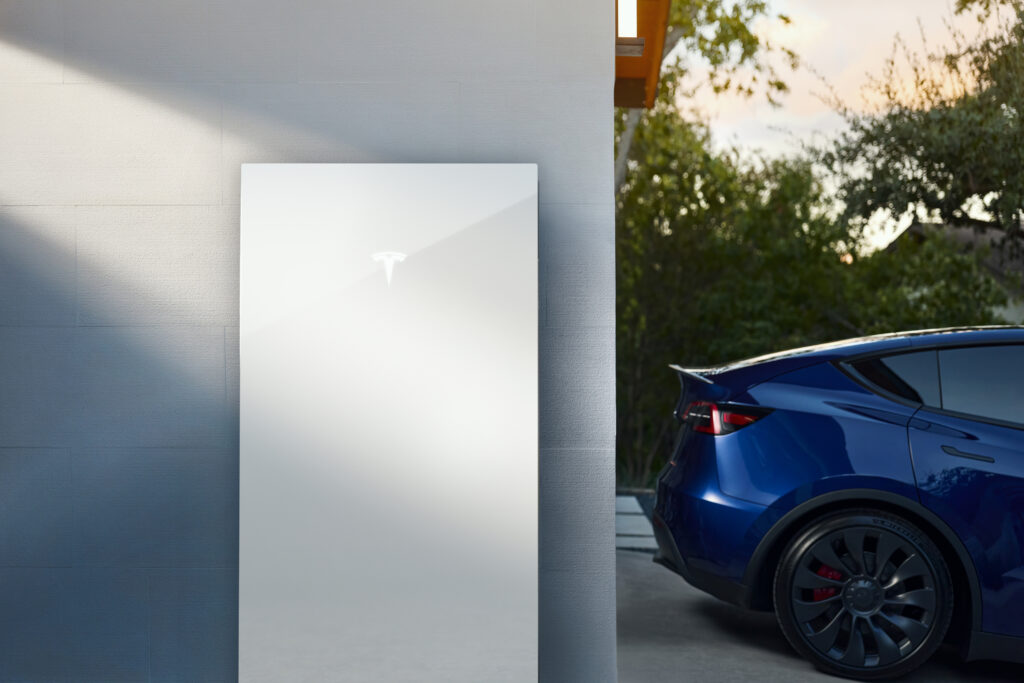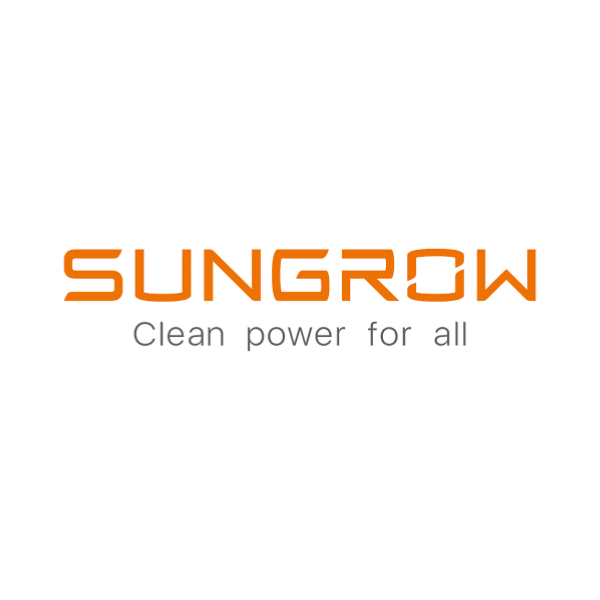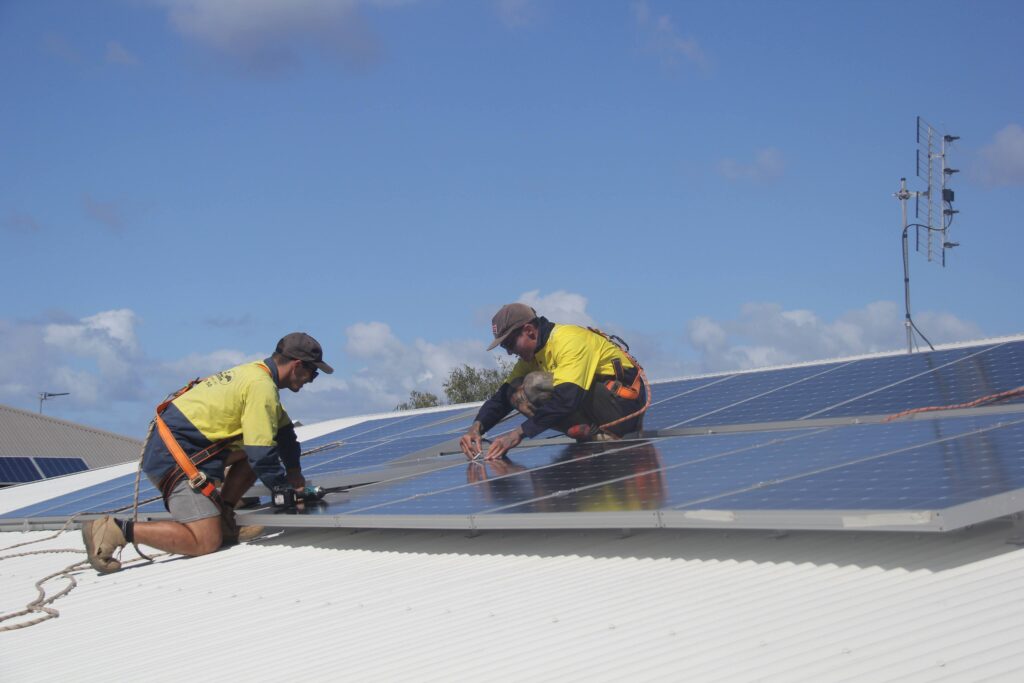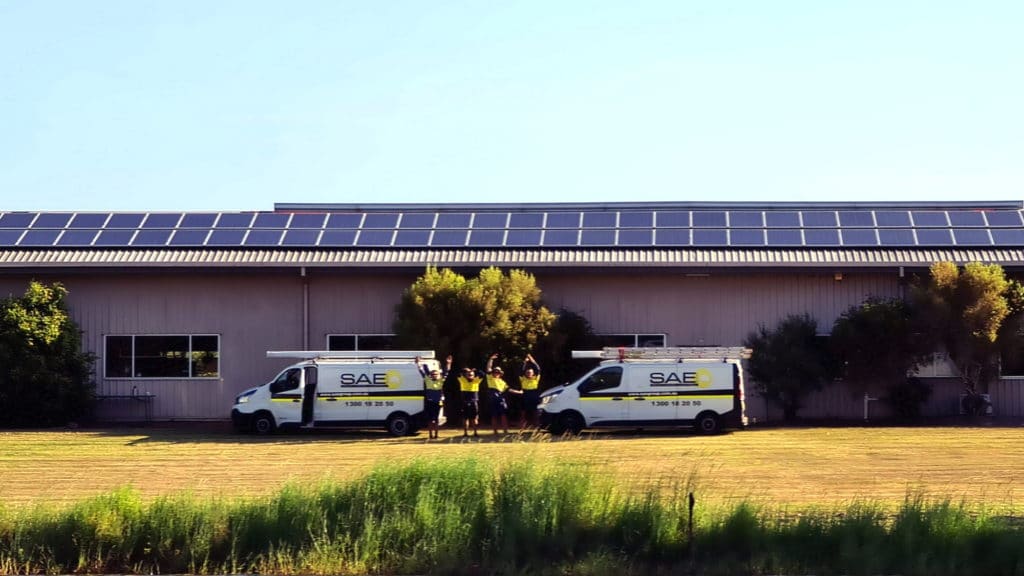
How to Get Your NSW Battery Rebate: A Simple Guide
Home » How to Get Your NSW Battery Rebate: A Simple Guide
Terms To Help You
Here’s a few terms used in this article and what they mean.
Term | What It Stands For | Explanation | Why It Matters |
STC | Small-scale Technology Certificate | A government-issued credit that reduces the upfront cost of solar and battery systems. | These automatically lower your battery price by around 30%. |
BESS2 | Battery Energy Storage Systems – Stage 2 | A NSW rebate that pays you for connecting your battery to the grid through a Virtual Power Plant. | From July 2025, you get 6 years’ worth of payments upfront – up to ~$2,300. |
PDRS | Peak Demand Reduction Scheme | A NSW program that rewards households for helping reduce stress on the electricity grid during peak times. | When you connect your battery to a VPP, you support the grid and earn money through PDRS. |
VPP | Virtual Power Plant | A network of connected home batteries that work together to feed energy back into the grid during busy periods. | Joining a VPP means your battery earns extra money by supporting the energy grid. |
SRES | Small-scale Renewable Energy Scheme | The national scheme that runs the STC rebate program. | It’s the reason you get a discount on your battery – the federal government buys the STCs for you. |
CEC | Clean Energy Council | The body that certifies battery and solar products and accredits installers in Australia. | Only CEC-approved systems and installers qualify for rebates and meet safety standards. |
A Quick Breakdown
From July 1, 2025, NSW homeowners and small businesses can access major new battery rebates:
- Around 30% off your battery’s upfront cost through federally funded STCs
- Up to $2,300 in VPP payments via the enhanced BESS2 rebate
- BESS1 ends June 30, 2025
- Rebates apply to new batteries between 2–28 kWh connected to solar and a Virtual Power Plant (VPP)
- Discounts decrease each year until 2030 – the earlier you install, the more you save
Want to slash the cost of your home battery installation while boosting your energy independence? July 2025 brings game-changing savings for NSW households and small businesses – you can now secure around a 30% discount on the upfront cost of installing small-scale battery systems. This substantial saving comes courtesy of the Australian Government’s Cheaper Home Batteries Program.
Here’s how it works: The rebate operates through Small-scale Technology Certificates (STCs), with the Australian Government fully funding these certificates by purchasing them directly. What does this mean for you? Simple – no hidden costs get passed through your energy retailer. The discount rate for 2025 sits at approximately $372 per kilowatt-hour of usable capacity.
Consider this example: Connect a 27 kWh battery to a Virtual Power Plant and watch your potential payment jump from up to $800 (before July 2025) to up to $1,500 afterwards. That’s nearly double the return on your investment.
The beauty of this NSW battery rebate scheme lies in its capacity-based structure – the number of STCs your system qualifies for directly correlates with your battery’s usable capacity. But here’s the catch: this discount gradually decreases every year until 2030. So the earlier you act, the more you’ll save.
This guide breaks down everything you need to know about BESS2, eligibility requirements, installation compliance, and the strategies to maximise your NSW battery rebate savings. Ready to make battery storage affordable for your home?
Understanding the NSW Battery Rebate Scheme
The NSW battery rebate scheme just got a major overhaul. July 1, 2025 marks a turning point for battery incentives, fundamentally changing how homeowners approach energy storage investments.
What is the Cheaper Home Batteries Program?
This $3.52 billion federal initiative represents Australia’s most significant push toward widespread battery adoption. The program delivers an upfront discount of approximately 30% on small battery storage systems (under 100 kWh) that connect to new or existing solar PV systems.
The discount calculation is straightforward: it’s based on your battery’s usable capacity and decreases gradually until the program wraps up in 2030. The Clean Energy Regulator administers this program through the existing Small-scale Renewable Energy Scheme (SRES), ensuring a streamlined process for Australian households.
Understanding BESS2
BESS2 operates as part of the NSW Peak Demand Reduction Scheme (PDRS), specifically designed to reward battery owners who connect to a Virtual Power Plant (VPP). Think of a VPP as a network that allows your battery to discharge energy back to the grid during peak demand periods, helping stabilise electricity supply across NSW.
The original BESS2 structure offered a two-stage payment system—an initial payment when connecting to a VPP, followed by another payment after three years of participation.
The game changes from July 1, 2025. The state government has enhanced the VPP incentive to align with federal program timing, nearly doubling the BESS2 rebate by providing six years’ worth of VPP incentives upfront. A practical example: a battery with 25-30 kWh usable capacity that previously earned around $1,223 under the old VPP incentive will receive roughly $2,293 after July 1.
Key differences between BESS1 and BESS2
The distinction comes down to purpose and timing. BESS1 provided rebates for installing new batteries, while BESS2 incentivises connecting your battery to a VPP.
Important change: BESS1 gets discontinued from July 1, 2025, as the NSW government aligns with the federal battery program to eliminate overlap. This means no state upfront subsidy for new battery installations from July onward. Note: If you claim a battery under BESS1 before July 1, you cannot also receive the federal rebate for the same installation.
BESS2 takes the opposite path—it continues and strengthens. Unlike the original BESS1, the BESS2 VPP rebate can stack with the Commonwealth’s Cheaper Home Batteries Program. This combination creates unprecedented affordability for battery storage systems.
Eligibility and System Requirements
Securing your NSW battery rebate depends on a few specifics. The question is: does your planned system tick all the necessary boxes?
Battery size and type requirements
Size specifications: Your battery system needs a usable capacity between 2 kWh and 28 kWh. Think of this as the sweet spot for Australian homes – large enough to make a meaningful impact on your energy bills, but not so large that it becomes cost-prohibitive.
Warranty and performance standards: Every eligible battery must include a minimum 10-year warranty guaranteeing at least 70% of usable capacity remains after the warranty period. Your system also needs to operate within a temperature range of -10°C to 50°C – perfectly suited to Australian climate conditions – and deliver a minimum warranted cumulative energy throughput equivalent to 2.8 MWh per kWh of usable capacity.
Connectivity requirements: Here’s where Virtual Power Plant participation becomes crucial. Your battery must be internet-connectable and controllable by a Demand Response Aggregator. This connectivity allows your system to contribute to grid stability while earning you additional income.
Approved battery and inverter lists
Battery approval: Only batteries appearing on the Clean Energy Council’s (CEC) approved product list qualify for the rebate. These lithium-based battery systems meet strict Australian or international safety standards. Always check the CEC list before making your purchase decision.
Inverter compatibility: Your battery system requires an inverter from the CEC’s list of compliant inverters approved under the Small-scale Renewable Energy Scheme. Adding a battery to an existing solar system? Verify compatibility with your current inverter first – this simple check can save you from unexpected costs or warranty complications.
Solar PV system requirements
Solar prerequisite: You must have solar panels installed on the premises before any battery installation. This isn’t just a technicality – batteries that only store grid energy won’t qualify.
System specifications: Your solar PV system should have less than 100 kW capacity and must be connected to the electricity grid. Off-grid systems don’t qualify for the rebate.
Who qualifies under the NSW battery rebate eligibility
Geographic and business eligibility: The NSW battery rebate welcomes residents and small businesses throughout New South Wales. Unlike some rebate programs that restrict access based on income, this program has no income-based restrictions.
Installation requirements: The rebate applies to new battery installations only – sites with existing batteries, including additions to existing battery systems, don’t qualify.
Unsure whether your situation qualifies for the NSW battery rebate? Reach out to our friendly team at SAE Group for personalised advice tailored to your specific circumstances.
Installation and Compliance Checklist
Getting your installation right is non-negotiable when it comes to claiming your NSW battery rebate. These compliance requirements might seem detailed, but they protect both your investment and your eligibility for savings.
When a battery is considered installed
The timing of your installation matters more than you might think. A battery is officially considered “installed” only when the Certificate of Electrical Compliance is signed. This timing is crucial because if your electrician signs off before July 1, 2025, you could be ineligible for the rebate—even if the battery hasn’t been switched on yet.
For installations between April 6 and July 1, 2025, your battery may still qualify if it hasn’t been electrically connected and hasn’t received a certificate of electrical compliance. The key is ensuring your electrician understands these timing requirements before work begins.
Installer and designer accreditation
Your installation team must meet specific Australian accreditation standards. The battery installation must be undertaken by or supervised on-site by an accredited battery installer under Solar Accreditation Australia (SAA). All electrical wiring must be completed by an electrical worker with an unrestricted license issued by the relevant state or territory authority.
Before proceeding, verify your installer has a valid electrical contractor’s license—this can be checked through Service NSW. Don’t assume your installer is properly accredited; confirm their credentials yourself.
Written statements and documentation
Paperwork is part of the process. Your installer will provide a nomination form that you must sign before installation begins. The installation requires written statements from the battery retailer, designer, and installer. These statements must include specific information about accreditation numbers, compliance with relevant schemes, and confirmation that all local and state requirements have been met.
Keep copies of all documentation. You’ll need these records if any compliance questions arise during the rebate process.
Safety and electrical compliance standards
Safety standards exist for good reason. Your system must comply with AS/NZS 5139:2019, which specifies installation requirements and restricted locations. Batteries cannot be installed near exits, windows, ventilation openings, or in evacuation routes. They must also maintain minimum distances from other electrical appliances—at least 600mm horizontally and 900mm above any non-associated electrical appliance.
These aren’t suggestions—they’re mandatory requirements that protect your home and family.
Installation requirements can be complex to navigate alone. Contact SAE Group’s friendly team for expert guidance on compliant battery installations.
How the Rebate and STC Discount Works
Think of the NSW battery rebate as a certificate trading system that directly reduces your upfront costs. The financial mechanics are straightforward once you understand the key components.
What are Small-scale Technology Certificates (STCs)?
STCs are tradable certificates created under the Australian Government’s Small-scale Renewable Energy Scheme (SRES). While most marketing calls this a “rebate,” STCs actually function as financial incentives that slash the upfront cost of installing renewable energy systems. Each certificate represents 1 megawatt hour (MWh) of renewable electricity generated or displaced by eligible systems. The Australian Government funds this discount by purchasing these certificates directly through the Cheaper Home Batteries Program, which means no costs get passed to households through energy retailers.
How STCs are calculated for batteries
Battery STC calculations depend entirely on usable capacity measured in kilowatt-hours (kWh). From July 2025, eligible batteries receive 9.3 STCs per kWh of usable capacity, translating to approximately $568.78 per kWh (based on $61.16 per STC). This amount drops each year until the program ends in 2030.
Here’s a practical example: A 10kWh battery installed in 2025 generates 93 STCs worth approximately $5,687.84. However, the rebate caps at the first 50 kWh of usable capacity.
Assigning STCs to your installer or retailer
Most homeowners assign their STCs to their installer or retailer (called a “registered agent”). You receive an upfront discount on your battery system in exchange. This approach simplifies the entire process since the installer handles all administrative tasks related to selling the certificates.
Could you create and sell STCs yourself through the STC Clearing House or open market? Yes, but this requires registering with the Clean Energy Regulator and finding buyers. For most Australian homeowners, the convenience of an instant discount beats the potential marginal gains of selling independently.
Confused about how the rebate and STCs affect your savings? Our friendly team at SAE Group is ready to help you understand the financial benefits.
How the rebate appears on your quote
Your quote should show the STC value as a clear dollar amount discount against the system’s price. This discount reflects the STC value minus administration fees and charges from the retailer and registered agents. Your installer must provide transparent information about the upfront discount through the SRES. The discount typically represents around 30% of the installed battery cost in 2025. The sooner you install, the greater your financial benefit.
Conclusion
The NSW battery rebate program presents a clear financial opportunity for homeowners and small businesses ready to embrace energy storage. July 2025 marks a pivotal moment where state and federal programs align, creating unprecedented affordability for battery systems across Australia.
The numbers speak for themselves: immediate discounts of around 30% through STCs, combined with enhanced BESS2 incentives that nearly double VPP payments. This dual benefit structure makes battery storage not just viable, but financially compelling for NSW residents.
Key Takeaway: The earlier you act, the greater your savings! These discounts diminish annually until 2030, making immediate action the smartest financial strategy.
The path to energy independence has never been clearer. With proper planning, accredited installers, and compliance with all requirements, your battery system delivers maximum financial benefits while meeting every safety standard.
For expert guidance on securing your NSW battery rebate and finding the right solution for your property, contact our friendly team at SAE Group today.
Ready to start saving costs on energy bills?
Share This Post With Others!
Related Post
Recent Posts
Archives







